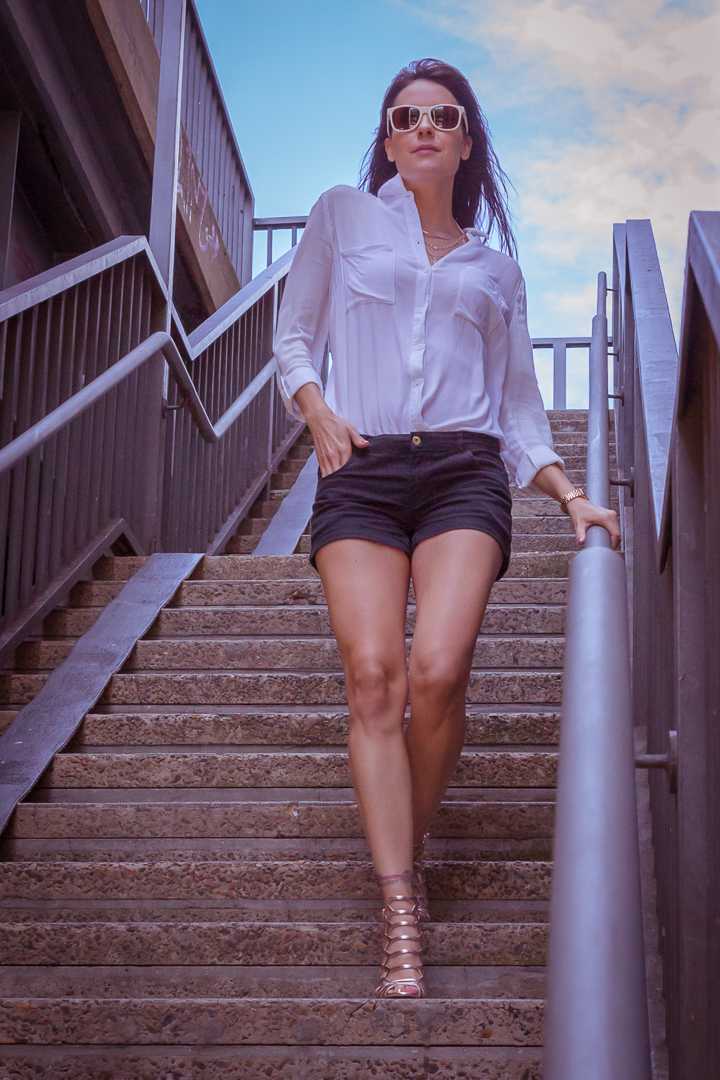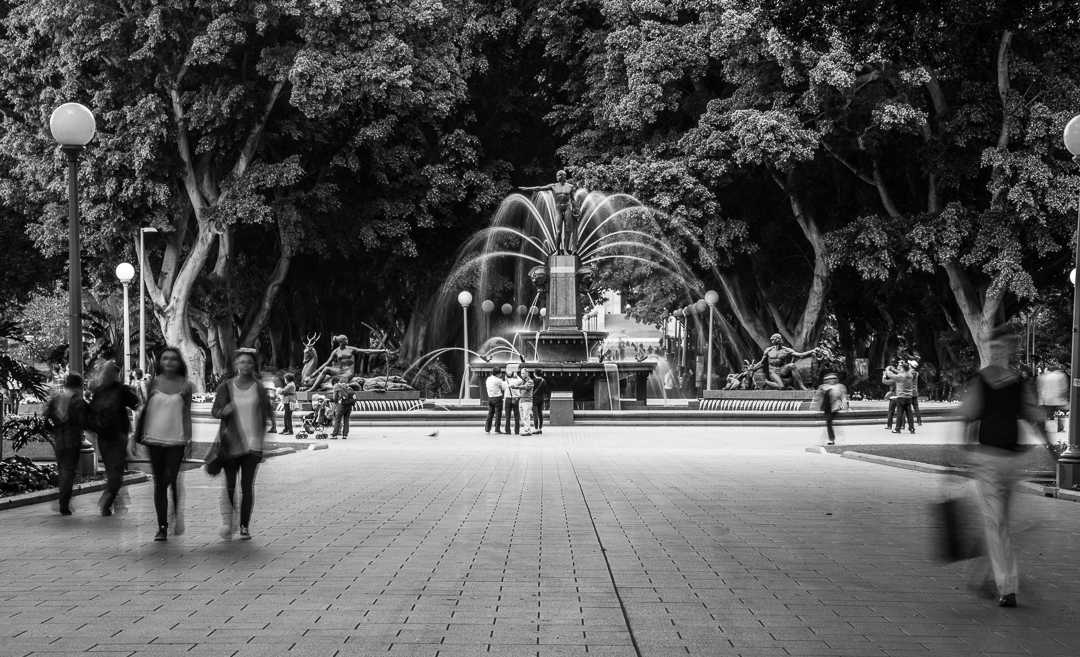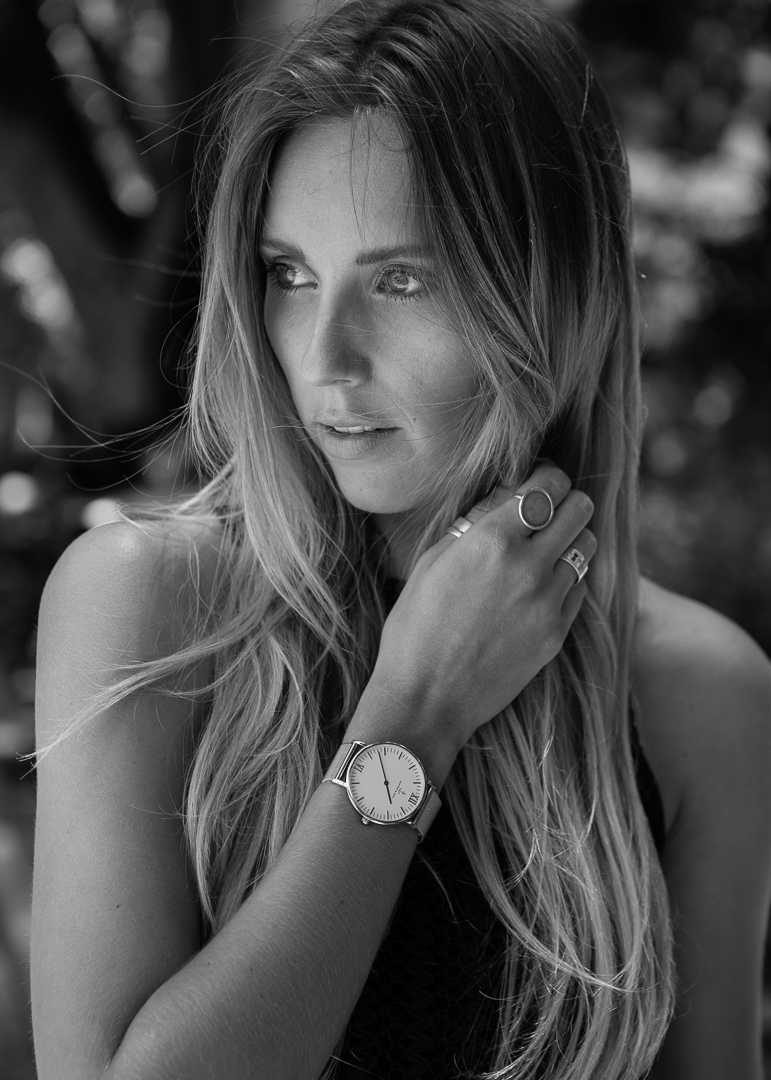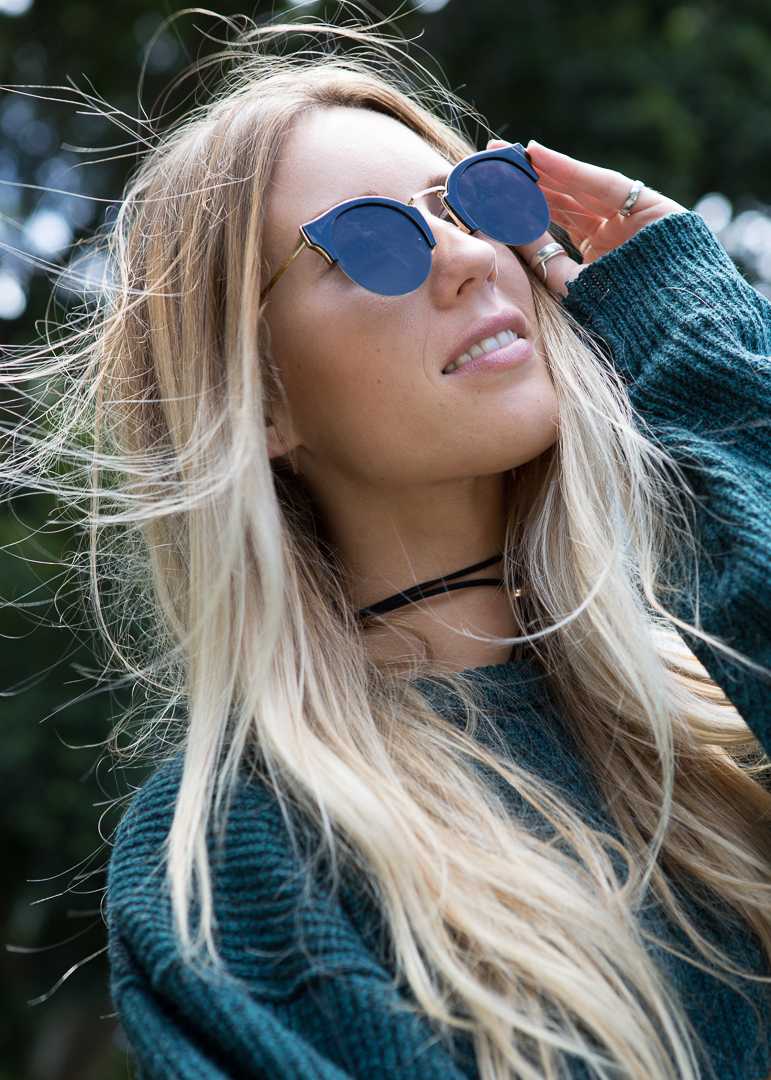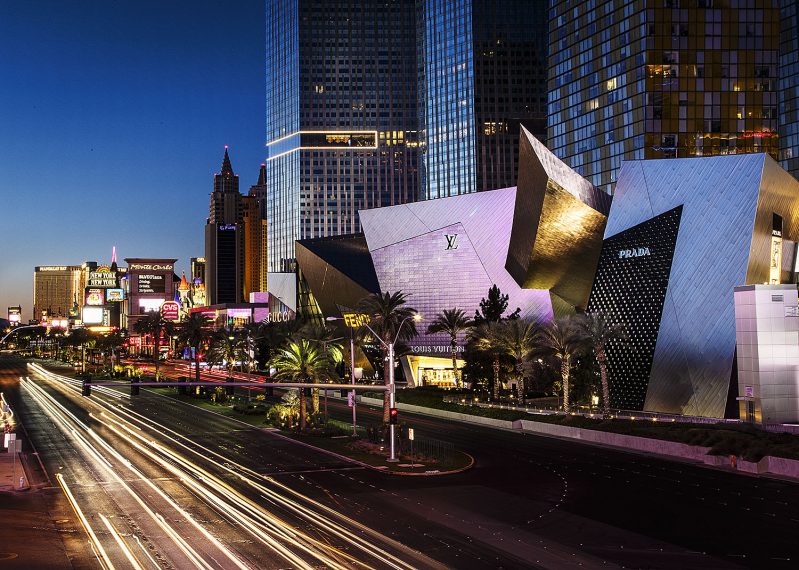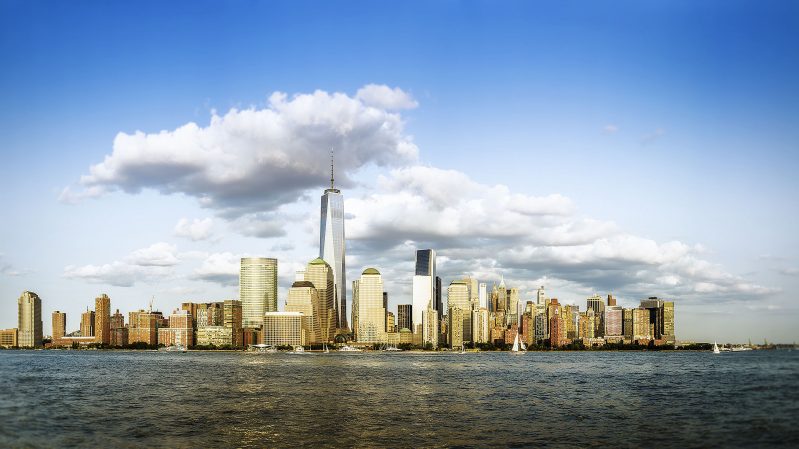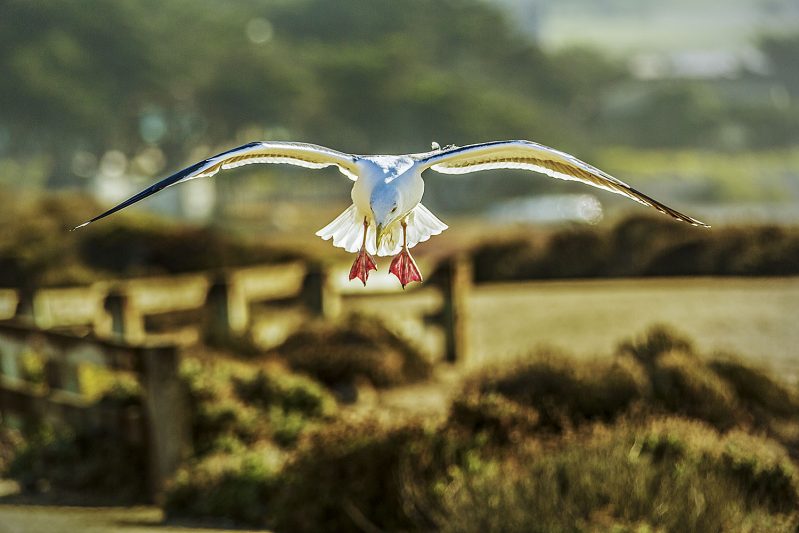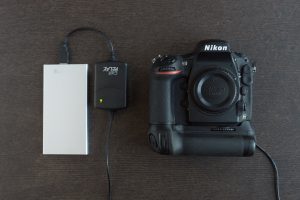Guestblog Martin Poole
In todays guestblog photographer Martin Poole.
Remember that our guestbloggers take time to write something for the blog and for you guys to get an inside in what they use as techniques and gear, please show them the love 😀
Get those questions ready for Martin.
Martin, the blog is yours (well for this time)
You can find Martin online at :
www.speedlite.com.au and Insta @speedlitephoto
Working Solo in the real world of fashion.
With over two decades of experience working as a professional photographer, it’s not unusual to find myself still having to plan and expedite a whole fashion shoot on my own with little or no help. In today’s highly demanding world of fashion there are countless up and coming designers, models and business’s whose budgets will never match that of the big names and as a sole trader I am only too willing to have a win-win situation with new talent. We also all need to keep our portfolios fresh and in helping each other we both hopefully end up with the images we need and want.
After working in London in the theatre industry I relocated to the land down under in 2007. I now live and work in Sydney, Australia which has an abundance of up and coming raw talent in the fashion industry and I consider myself lucky that I have an abundance of recognisable locations to shoot street or beach fashion all within a 25 Km radius of the Sydney, CBD district.
I was recently contacted by a UK based Travel blogger who needed street & Park images for a New Fashion blog and Instagram account and wanted the images before returning to the UK. She also had items that she wanted to be included in the shoot which had been provided by sponsors of her up and coming fashion blog. We agreed a flat rate budget for a day’s shoot and I then set about planning a location.
To do this I use my Pinterest account and ask the client to join the Pinterest board that I create and share ideas on and within minutes I can see the type of clothing and mood that the client wants. All this can be done by email and on the phone without spending precious time away from the studio. We finally agreed a theme and discussed looks for the day, the number of looks is dependent on how much the client can haul around during the shoot and I suggest they keep it to a minimum especially if they’re doing their own makeup and hair.
What’s in the bag?
I must keep my equipment to a minimum as Sydney council require permits to shoot in the CBD and if I go over my allotted amount you’re looking at big money. So, I only carry a Canon 5D MKIII, 4 x SanDisk 32g fast cards, 24-70 F2.8 L & 70-200 F2.8L MkII, ND filters, several batteries, a Canon 600 EX RT Flash with battery pack and a tripod. There’s no room for bounce boards or laptops as these are not allowed on the normal shooting permit.
Making the most out of your Location and equipment
For this shoot, we chose Sydney, CBD and decided to meet early morning at a mutually agreeable location, so Hyde Park on Elizabeth street was finalised. I always like to meet and have coffee with the client before the shoot so we can finalise ideas or talk about any changes to the shoot. Hyde Park is brilliantly situated as you can always find shade and its city backdrops of high buildings and busy pathways create great atmosphere and movement.
So, with the restrictions of permits and budget I’m going to be reliant on natural light and this is where your experience of working with very little equipment or assistance will come in handy. I always shoot Manual in RAW Monochrome with the highlights flashing to give me a good idea on the back of the screen what’s getting blown out. A trick I learned from Peter Coulson when shooting skin tones, is use spot metering and always meter for the darkest shadow on the skin tone and go a third of a stop over and you won’t be far out.
The Shots
Here’s an example of this technique below in a shot from the day using natural light in a shaded are of the park. Shot 1. I positioned Ashli in a shaded area just on the edge of bright sunlight and used the sandstone from the floor to bounce light back into her face. We also got the sponsors watch in this image and created the look that Ashli had been talking about from our initial meeting. I always think it’s a good idea to show models their picture on the shoot as it keeps them involved and interested. When Ashli saw this image in B&W she decided to use it and apart from a slight crop, this is the original image from Camera. (Canon 5DMKII, 24-70 2.8L) 70mm F/3.5 1/400 Sec ISO 200
Shot 2. Positioning Ashli high on a wall and getting below her and using the natural elements of wind breeze naturally through her hair creating movement. Another product capture of the sunglasses. (Canon 5DMKII, 24-70 2.8L) 70mm F/4 1/160 Sec ISO 100.
Shot 3. This next image I will share with you is of Ashli crossing the main road that separates Hyde Park and the war memorial. Once again a product shot of shoes and dress and jumping movement. A common move in Fashion and with the right technique comes off a treat. A little help from Photoshop here with shadow (remove manhole cover) and sky. The rest, straight out of Camera. (Canon 5DMKII, 24-70 2.8L) 66mm F/8 1/1000 Sec ISO 500
Shot 4. Sydney Barracks within 500 meters of shot 1. A brilliant doorway with Arch and a great tall door in a tone that suits the bricks and Ashli’s skin tones and hair. This is a great example of using your environment to enhance the models black dress and silver belt.
This shoot was all done in one day and with the equipment mentioned above and no hidden props. No people were harmed or injured and we had a great day.
You can find Ashli on Instagram @wanderingwolfchild.

